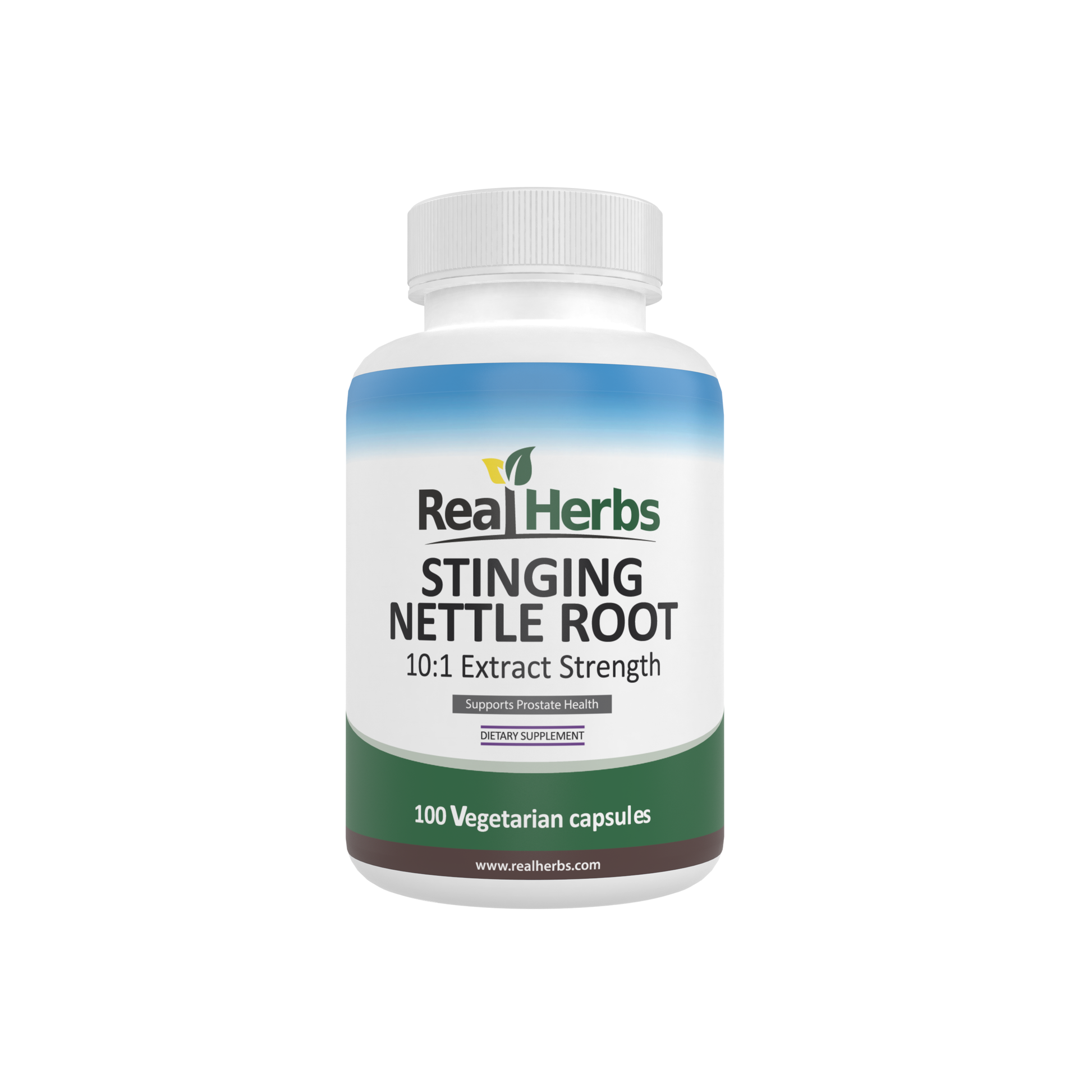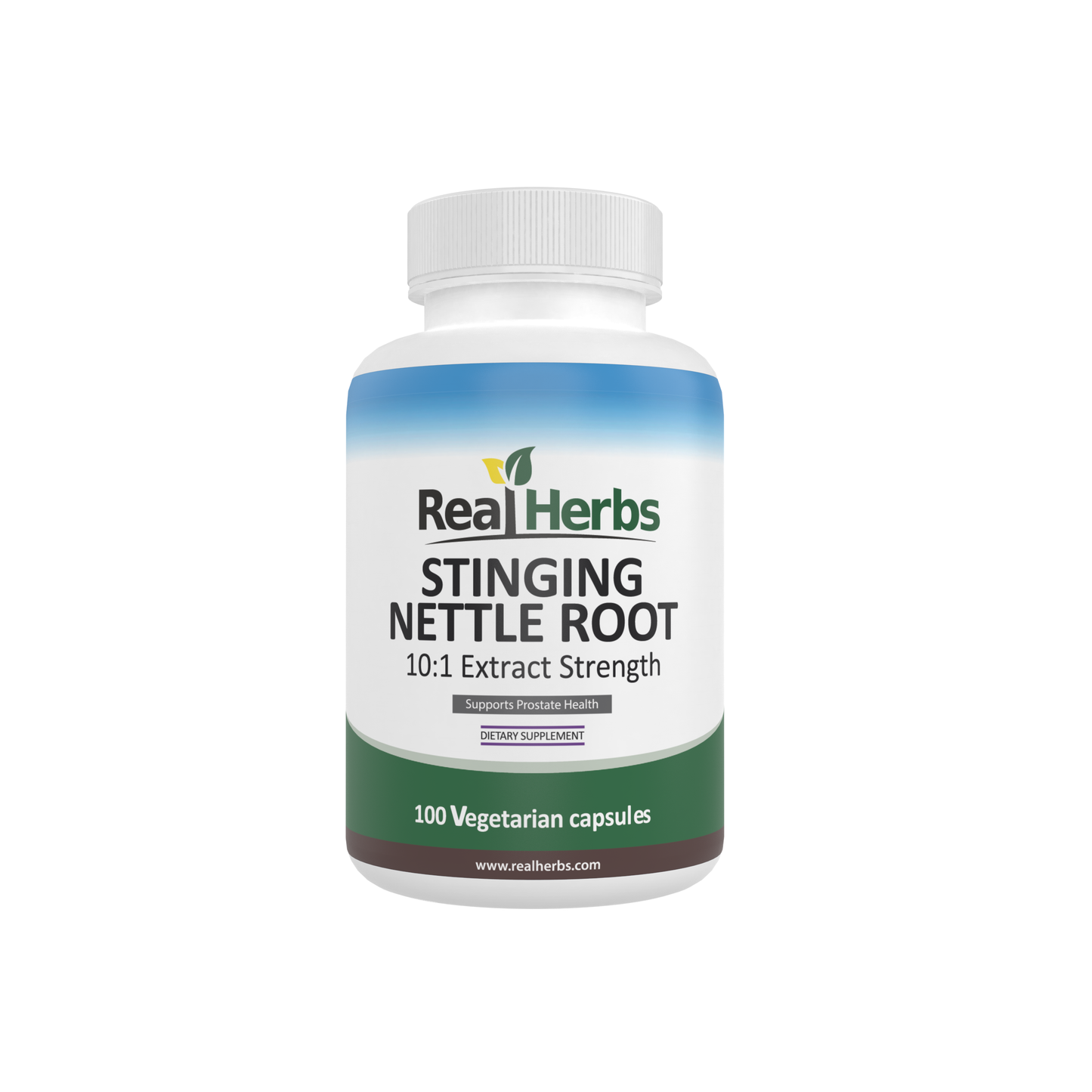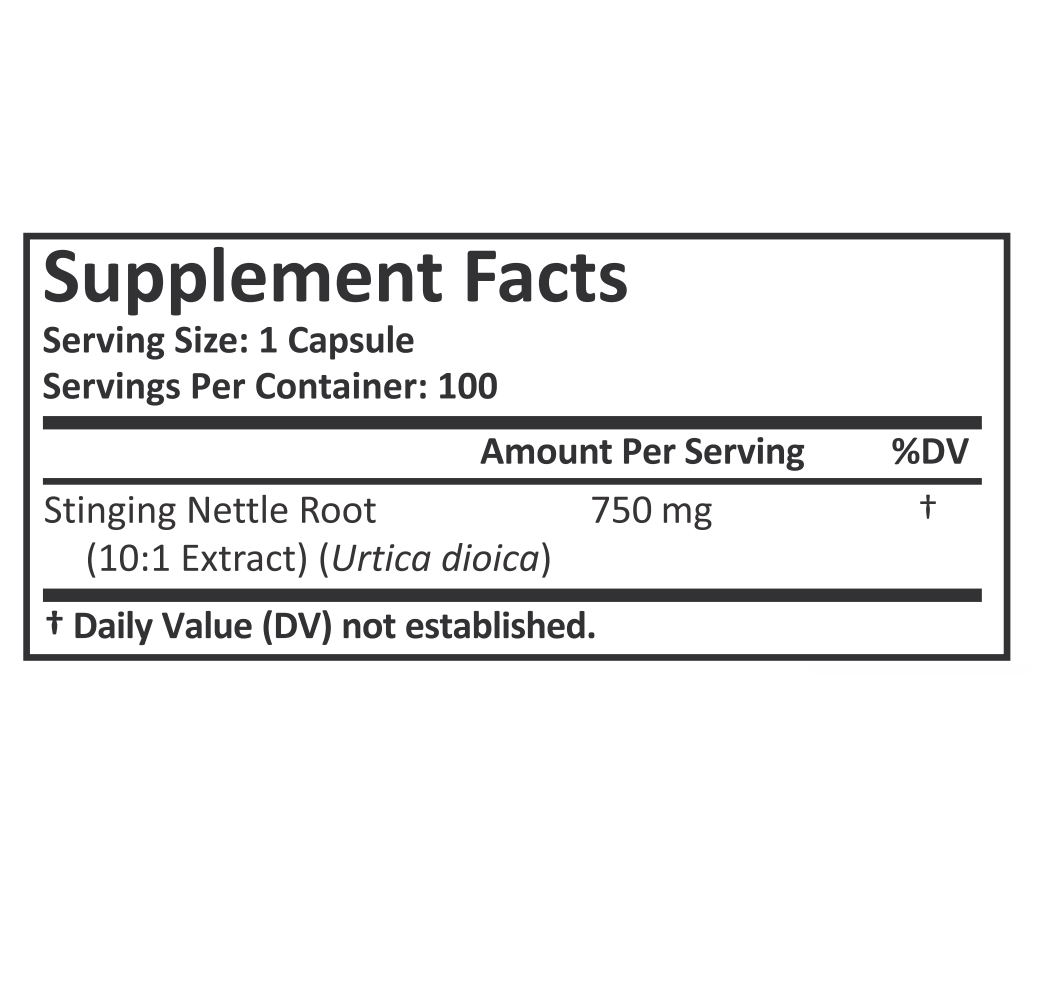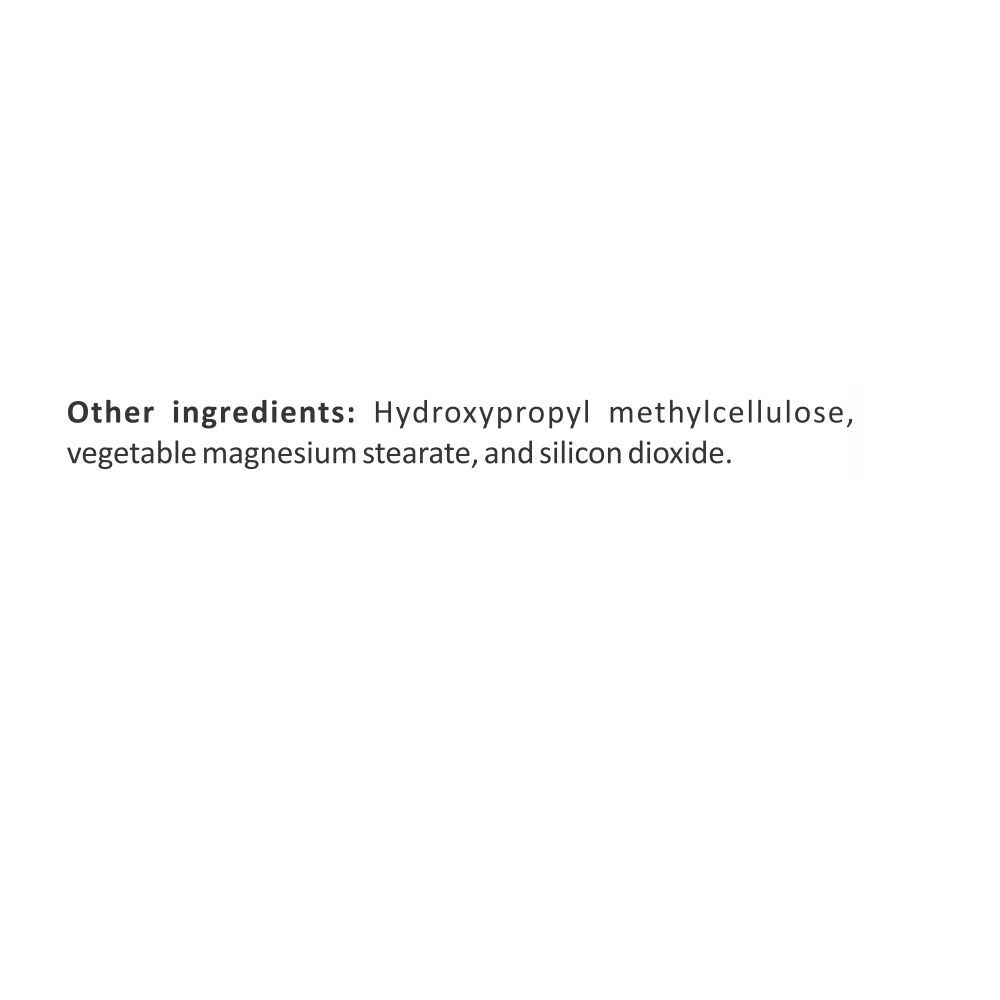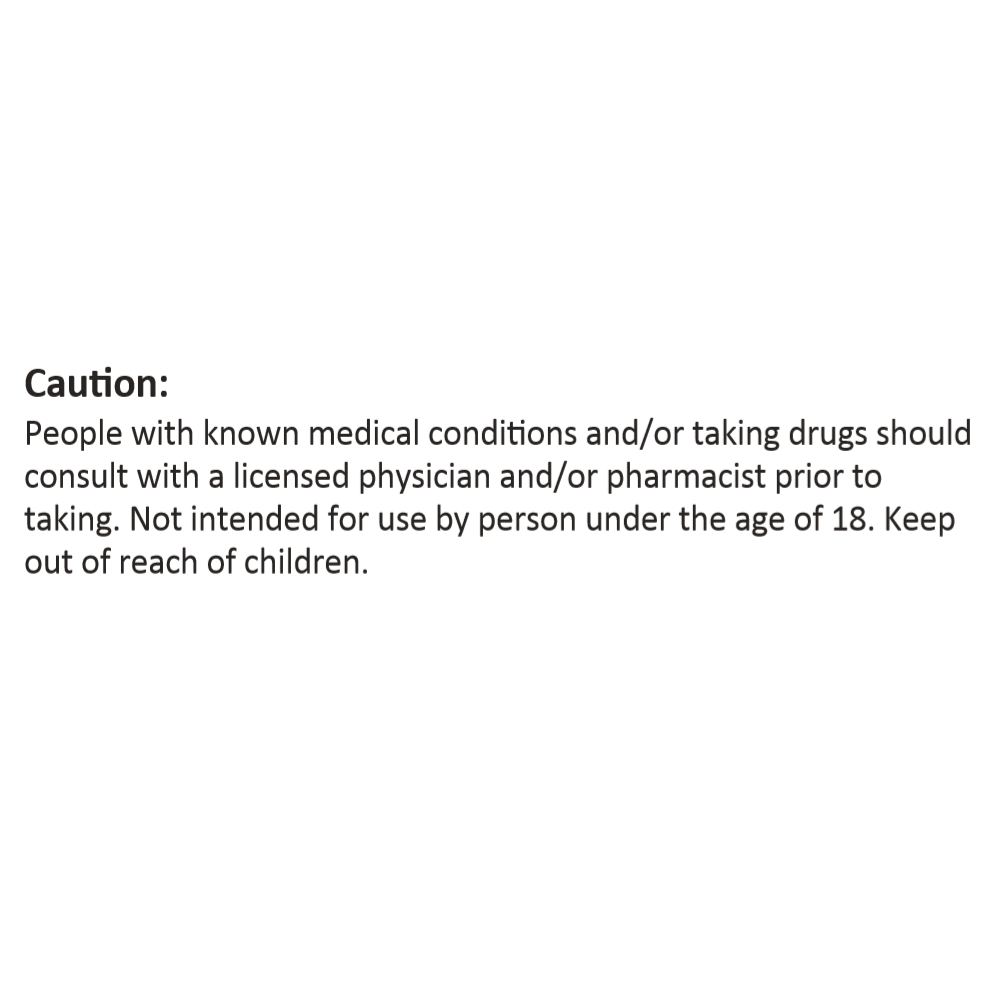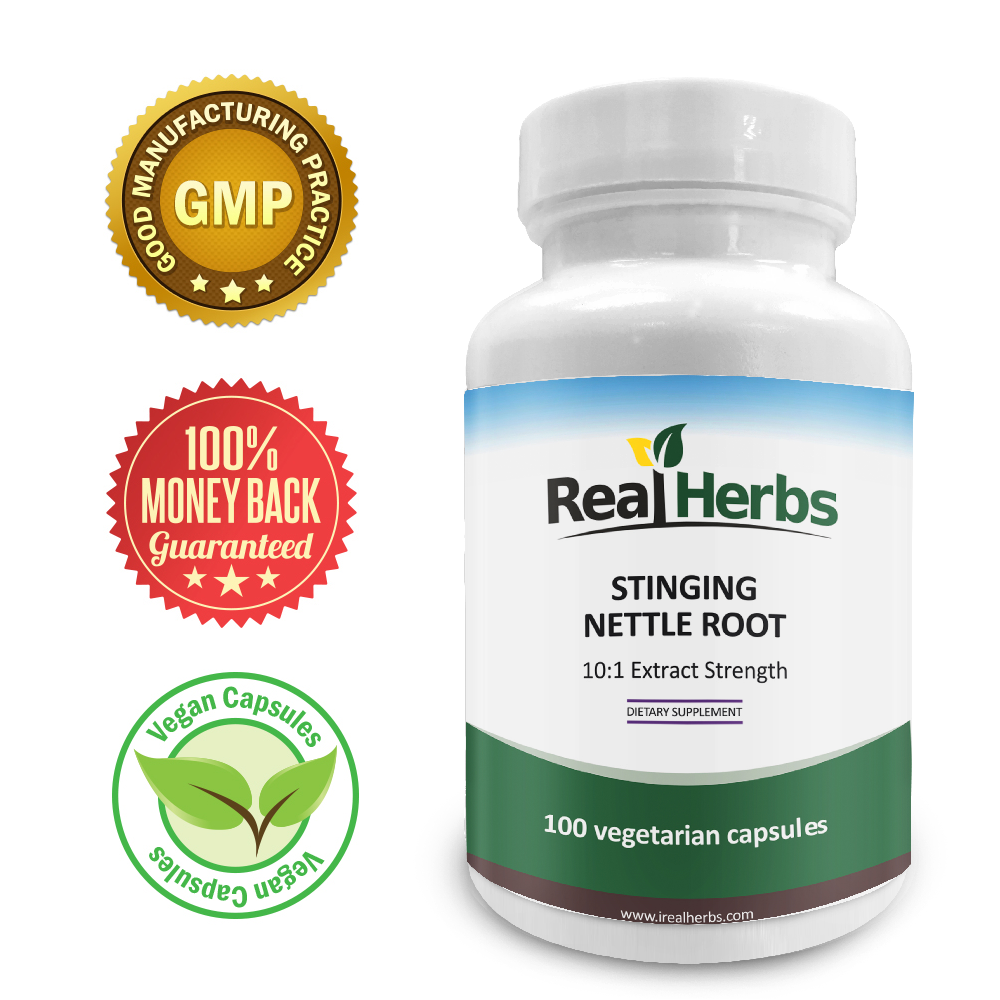PMS is a common condition that affects millions of women worldwide. It is distinguished by a variety of physical and emotional symptoms that typically manifest in the days preceding a woman's menstrual cycle. Bloating, breast tenderness, mood changes, irritability, and fatigue are some of the symptoms. PMS can be uncomfortable and disruptive to daily life, and many women seek relief from over-the-counter or prescription medications. However, some women are turning to natural remedies such as stinging nettle root to find relief from PMS without the use of pharmaceuticals. Stinging nettle root has a long history of use in traditional medicine, and recent studies show that it may be useful in reducing PMS symptoms. This article will look at the history, mechanisms of action, and available research on the effectiveness of stinging nettle root as a natural treatment for PMS.
History
Urtica dioica, also known as stinging nettle root, is a plant native to Europe, Asia, and North America. For centuries, it has been used as a natural treatment for a variety of ailments, including PMS. Traditional medicine believes that stinging nettle root has anti-inflammatory and diuretic properties, which may help relieve bloating and water retention associated with PMS.
How it works
The root of stinging nettle is believed to function by regulating hormones, specifically estrogen and progesterone. These hormones are involved in PMS symptoms, and imbalances in their levels can contribute to the severity of the condition. During the menstrual cycle, estrogen and progesterone levels fluctuate, and hormonal imbalances can cause physical and emotional symptoms associated with PMS.
The root of stinging nettle is thought to help regulate these hormones and restore body balance. It is assumed to have anti-inflammatory and diuretic properties, which may help with PMS bloating and water retention. Furthermore, stinging nettle root may aid in the regulation of other hormones such as testosterone and luteinizing hormone, both of which may contribute to PMS symptoms.
While the accurate mechanisms of action are unknown, it is assumed that stinging nettle root may help to alleviate PMS symptoms by regulating hormones and decreasing inflammation in the body. To fully understand how stinging nettle root works to alleviate PMS symptoms, more studies are required.
Studies and Results
Several studies have been conducted on the use of stinging nettle root for PMS relief. A randomized, placebo-controlled study published in the Journal of Ethnopharmacology found that taking stinging nettle root for three menstrual cycles reduced PMS symptoms such as bloating, breast tenderness, and irritability in women. The study included 60 women with PMS who were divided into two groups, one receiving stinging nettle root daily and the other receiving a placebo. The group that received stinging nettle root reported significant improvements in PMS symptoms compared to the placebo group at the end of the study.
Another study published in the Journal of Alternative and Complementary Medicine discovered that stinging nettle root was effective in alleviating PMS symptoms such as mood changes and fatigue. In this study, 60 women with PMS were divided into two groups, one of which received a daily dose of stinging nettle root and the other a placebo. The group that received stinging nettle root reported significant improvements in PMS symptoms compared to the placebo group at the end of the study.
Overall, research indicates that stinging nettle root may be effective in reducing PMS symptoms such as bloating, breast tenderness, mood changes, and fatigue. More research is needed, however, to fully understand its mechanisms of action and the best dosage for PMS relief.
Recommended Dosage
The recommended dosage of stinging nettle root for PMS relief varies depending on the product. It is important to follow the dosage instructions on the product label or seek advice from a healthcare provider. It is also important to note that stinging nettle root may interact with certain medications, so consult with your doctor before using it.
Conclusion:
Stinging nettle root is a natural remedy for PMS that has a long history of use in traditional medicine. While more research is needed to fully understand its mechanisms of action and optimal dosage, several studies have shown that it is effective in reducing PMS symptoms such as bloating, breast tenderness, mood changes, and fatigue. If you are interested in using stinging nettle root for PMS relief, you must consult with a healthcare provider about dosage and potential drug interactions.
References:
- Chrubasik S, Roufogalis BD, Wagner H. A comprehensive review on the stinging nettle effect and efficacy profiles. Part II: urticae radix. Phytomedicine. 2005 Apr;12(4):268-79.
- Kucuk O, Akgül FM, Güneş M, Turan MN, Cekmen M. The effects of stinging nettle root (Urtica dioica) on the symptoms of benign prostatic hyperplasia: a double-blind, placebo-controlled, crossover study. Phytotherapy Research. 2003 Sep;17(9):1197-202.
- Mojab F, Mohtashami R, Mohtashami MR, et al. The effects of stinging nettle root

